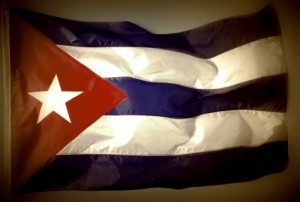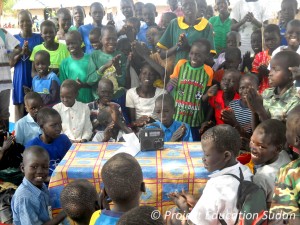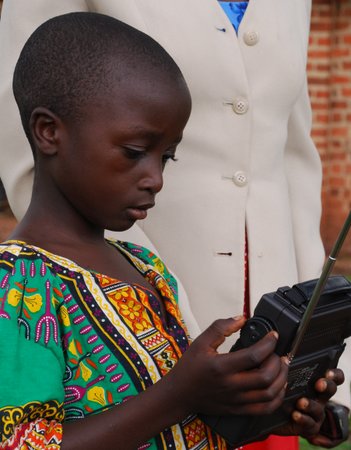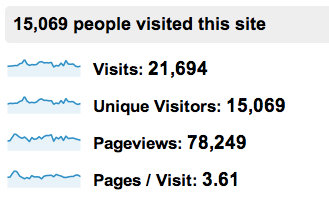 Numbers stations have always been a dark oddity that pop up from time-to-time in the course of shortwave radio listening. There is unquestionably an air of mystery and intrigue which surrounds them. With the release of the movie The Numbers Station, many non-SWLers may be enticed to explore the HF bands. A good thing, as it may draw fresh interest to this classic radio hobby.
Numbers stations have always been a dark oddity that pop up from time-to-time in the course of shortwave radio listening. There is unquestionably an air of mystery and intrigue which surrounds them. With the release of the movie The Numbers Station, many non-SWLers may be enticed to explore the HF bands. A good thing, as it may draw fresh interest to this classic radio hobby.
I have heard numbers stations since I first started listening to shortwave radio broadcasts some thirty years ago, and I find that I often pause to listen (and to wonder) when I come across one on the bands. The numbers station I hear most often, though the country of origin cannot be confirmed, is in Cuba–well, at least, we’re pretty certain of that. The same female voice, reading numbers in Spanish, has been Cuba’s calling card in the spy numbers world for some time.
Two weeks ago, on a Sunday morning between 10:00-11:00 UTC, I captured the Cuban spy numbers station widely recognized as HM01 (Hybrid Mode Number 01) on 5,855 kHz. HM01 broadcasts a mixture of AM voice and digital file transfer modes intermixed within the same transmission. The voice heard is the familiar Spanish female voice described above; the digital portion of the broadcast uses a mode called RDFT, a differential phase shift keying mode that has never become popular or standard in the ham radio world. If you’re feeling adventurous, the Windows software DIGTRX (download here) can decode RDFT. Let us know what, if anything, you discover…
You can click here to download the entire HM01 broadcast as an MP3, or simply listen via the embedded player below:


 (Source:
(Source: 
